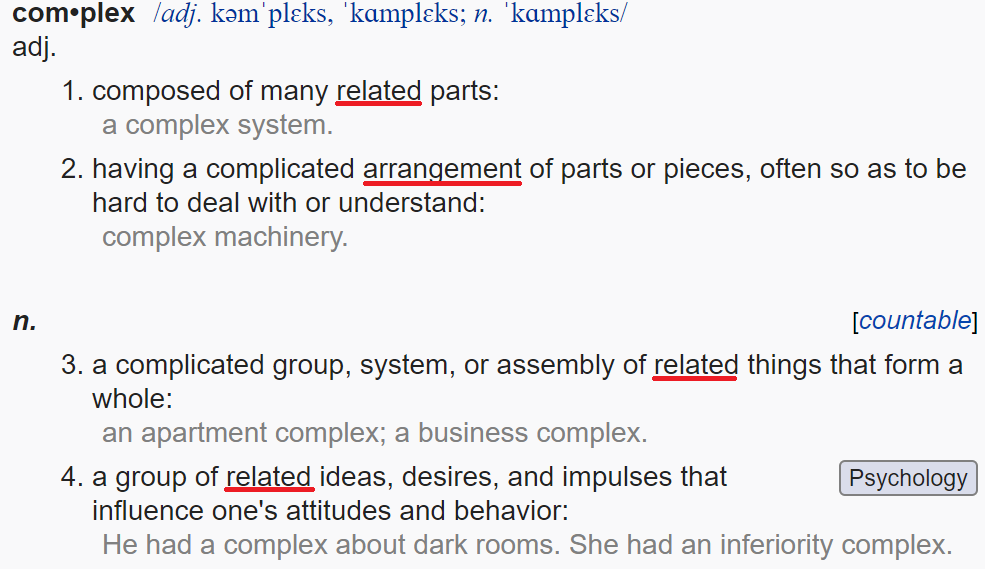Summary of Judgment Cut and Round Trip techniques (4SE).
WS: Weapon Switch.
The principle of the glitch is releasing melee in certain conditions with precise timings. Obviously to release melee you have to press it first, but how long you hold it is irrelevant; again, it's not about charging passively.
This technique is the most basic inputs-wise, even though it still has a strict timing.
In the second example the left stick is in neutral position, letting Vergil recover normally. That's why the direct JdC can only be performed significantly later.
WS JdC.
This technique and its variations are probably the most versatile.
Inputs: having pressed melee, switch to Yamato and release it as soon as possible after the WS. This means WS <-> melee release aren't independent anymore like in the previous techniques.
On the ground, the left stick shouldn't be in neutral position.
It can be done after trick (performing an inertial JdC) and jump as well.
3.1 (normal).
3.2.1 (after trick).
3.2.2 (after jump).
Last examples show WS JdC after jump and trick.
Round Trip Techniques.
For both techniques it's relevant how long you hold melee. This time there is a probable buffering or passive charge (in any case you can't simply tap or press -> hold too late).
Basic Round Trip Glitch.
This technique allows Vergil to perform Round Trip after specific moves.
Inputs: hold melee after specific moves like Star Fall with the left stick in neutral position (if you are on the ground), switch to Force Edge (doesn't matter exactly when) and release it while Vergil is recovering naturally from the move.
Weapon Switch Round Trip (or just RT glitch 2).
Analogous to WS JdC, this one is much more versatile than the previous technique. It can be performed after many more moves and situations, but the timing is much more strict.
Inputs: hold melee, switch to Force Edge and release it as soon as possible after the WS. Vergil must be free (it can be done after jump or trick, but obviously it doesn't cancel anything for itself).
I am just going to superficially mention some stuff because not many care and anyway DK's tutorial is extensive for this.
- If you cancel a non-Yamato move with the base move you want to JdC cancel, then the technique is no longer possible (it applies to WS JdC after trick/jump as well). You need to cancel moves with JC, trick, or let the full animation end.
This restriction doesn't apply to Yamato moves themselves (like, let's say, an Upper Slasher 2 done as fast as possible after landing with Star Fall; in that case you could JdC cancel US2).
It does apply to RT glitch 1, and for WS RT you should re-press melee again.
- There are more JdC variations. Like the one shown after JCE -> trick up (while locked off) -> JdC. Or jump JdC... But they aren't very useful.
- JdC cancel usually doesn't have inertia towards the enemy (just upwards). But there are exceptions, like DT air stinger, ground stinger/rapid slash -> quickly drive/kick 13 to cancel the previous move -> JdC cancel... If done fast, the inertia generated from stinger or rapid slash will transfer to the JdC. Even after overdrive.
- You can perform WS JdC after trick down and all types of dashes as well.
- It's obvious that the end result of some of these techniques, like normal direct JdC after Star Fall and ground normal WS JdC fast after landing with SF, will look pretty much the same. But what matters is that they can be done in different situations and circumstances.
Like how you can do direct JdC after JFJC, landing, etc.; or how you can use WS JdC after walking or tricking.
Some overlapping =/= some of the techniques are useless. Although their efficiency is reduced because of the strict timings for the hardest ones.




Comentarios
Publicar un comentario